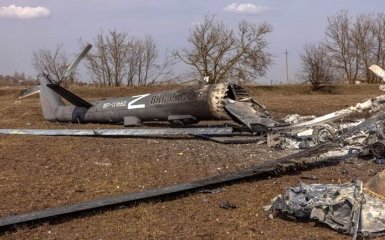According to analysts from the International Institute for Strategic Studies (IISS), the aviation of the criminal army of the Russian Federation failed in its tasks in Ukraine and suffered numerous losses.
What is known about the failure of Russian aviation to establish superiority in the sky over Ukraine
The Russian Air Force has performed poorly in Moscow's war against Ukraine, suffering significant losses of some key aircraft. Air parity, not air superiority, remains between the enemies, and this is a situation that Ukraine must support, the material notes.
IISS analysts emphasize that the Russian Air Force was unable to establish control over Ukrainian airspace despite its own total numerical superiority in aircraft over Ukraine.
Analysts emphasize that it is not a matter of inactivity of the Russian aviation, but of its effectiveness.
Thus, the analytical review notes that since the beginning of the large-scale war against Ukraine, the criminal army of the Russian Federation has lost about 40% of Ka-52 attack helicopters, a significant part of Mi-35 and Mi-28 fighter-bombers.
In addition, the fleet of REB Mi-8MTPR-1 helicopters suffered significant losses, which decreased by at least 20%.
The destruction of the A-50 long-range radio detection aircraft and the damage to the Il-22M command and staff aircraft was also a blow to the operational capability and morale of the Air Force.
How the Russian army is trying to reduce losses in the war against Ukraine
Analysts emphasize that in order to reduce costs and maintain influence on the situation at the front, the Russian occupiers are increasingly using long-range weapons.
So, the Russians are increasingly using Su-34 aircraft to drop hovering aerial bombs, which can be released from a greater distance in order to avoid short-range Ukrainian ground-based anti-aircraft missiles.
The Russians also use this aircraft for strikes with Kh-59 air-to-ground guided missiles.
Similarly, the Ka-52M and Mi-28NM attack helicopters now use LMUR air-to-surface missiles, which allow them to engage targets at greater distances without coming directly to the front line.

